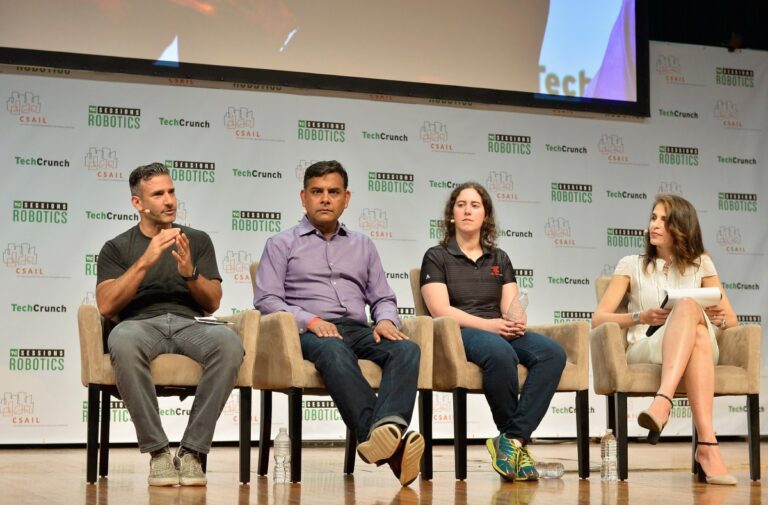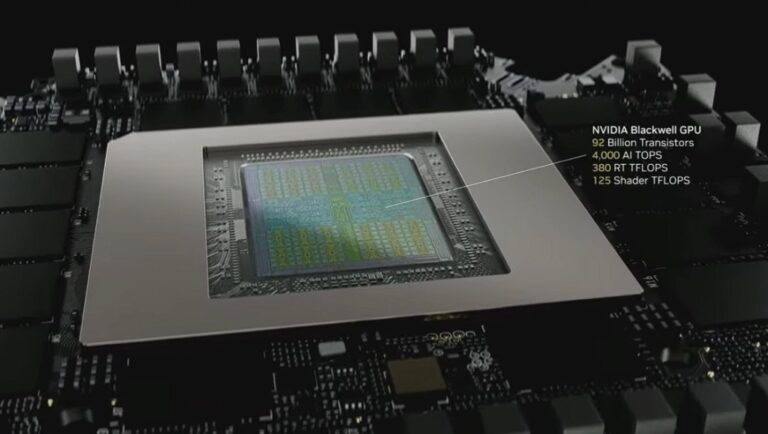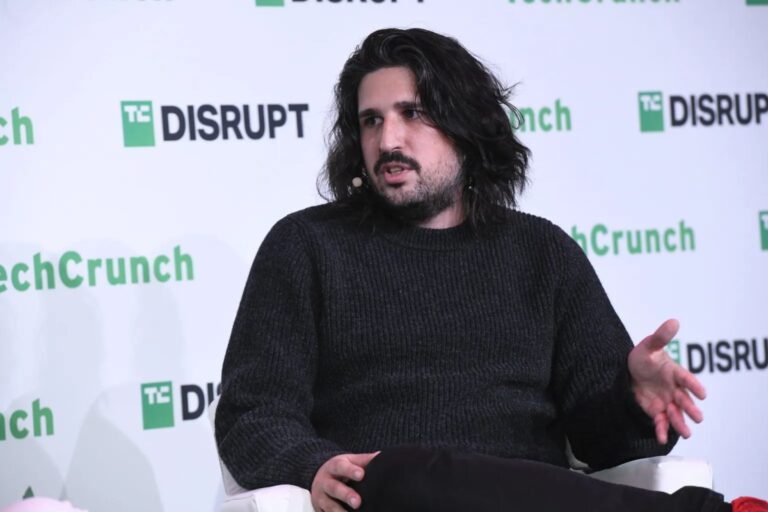XPrize Carbon Awards: Revolutionary Simple Carbon Removal Technology Takes Center Stage
In a groundbreaking achievement for carbon removal technology, Mati Carbon emerged victorious in the Xprize Carbon Removal competition, securing a substantial $50 million grand prize for its innovative enhanced rock weathering program. This method effectively captures and stores carbon in soils for thousands of years, showcasing the power of simplicity in addressing climate change.
About the Xprize Carbon Removal Competition
Announced on Wednesday, the winner of the Xprize Carbon Removal competition is a significant milestone in the fight against climate change. The Musk Foundation sponsored this prestigious prize, which aims to promote innovative solutions for carbon capture.
Runners-Up in the Competition
Mati Carbon triumphed over various other innovative companies, including:
- NetZero: Specializes in producing biochar.
- Vaulted Deep: Focuses on processing and burying waste biomass.
- Undo Carbon: Another player in the enhanced rock weathering space.
The competition featured a diverse range of technologies, from direct air capture to ocean alkalinity enhancement, illustrating the multitude of approaches in carbon removal.
How Enhanced Rock Weathering Works
Mati Carbon’s technology hinges on a straightforward yet effective concept. The process involves:
- Grinding Rocks: The company grinds basalt, a volcanic rock that naturally converts carbon dioxide into stable minerals, increasing its surface area.
- Spreading Rock Dust: The resultant rock dust is then applied to farm fields, where it mineralizes carbon and enriches the soil with micronutrients.
Logistical Considerations for Carbon Removal
Logistics play a crucial role in the success of enhanced rock weathering. Mati Carbon provides basalt to farmers at no cost, funded through a combination of grants and carbon removal credit sales. The company anticipates generating approximately 5,000 to 6,000 metric tons of carbon removal credits in the current year.
Shantanu Agarwal, the founder and CEO of Mati Carbon, aims to sell carbon credits at less than $100 per metric ton by the early 2030s, with hopes of further reducing the price to $70 to $80 per metric ton in the long term. To ensure the validity of these credits, Mati conducts rigorous sampling protocols, taking eight samples for every three acres of farmland.
Impact on Smallholder Farmers
According to Agarwal, around 200 million smallholder farmers could benefit from the application of basalt to their fields. These small farms, typically less than 24 acres, support approximately 1 billion people globally, covering an estimated 800 million to 900 million acres of farmland.
Utilizing enhanced rock weathering can lead to significant productivity increases:
- Farmers can experience up to 25% more productivity in fertilized soils.
- In degraded soils, productivity can improve by 50% to 70%.
The application of basalt also enhances soil water retention, which is vital in regions prone to drought.
Future Plans and Global Expansion
To reach more farmers, Mati Carbon plans to offer free licenses for its enterprise resource planning (EPR) platform to organizations, provided they commit to sharing at least 50% of their profits with the farmers they assist. Currently, Mati operates in Zambia, India, and Tanzania, with plans to expand into three more countries this year, targeting the Global South.
Commitment to Social Impact
Unlike many climate tech startups, Mati Carbon is registered as a public benefit company and is governed by the Swahili Initiative, a 501(c)(3) nonprofit. Agarwal emphasizes the importance of creating a market mechanism that maximizes value for farmers. He believes that winning the Xprize will significantly advance this mission.
For additional information on carbon removal strategies, you can explore resources from IPCC or visit our Carbon Removal Solutions page for more insights.







